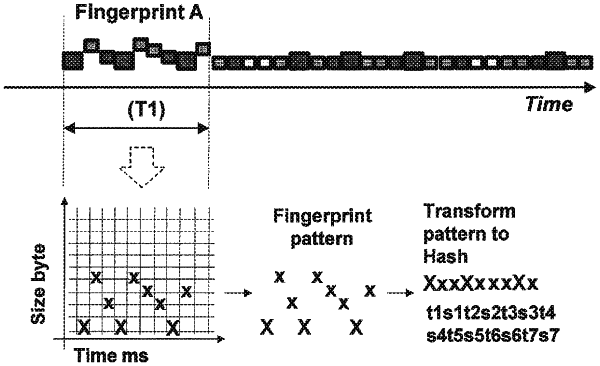| CPC H04N 21/4302 (2013.01) | 15 Claims |

|
1. A system for real-time playback synchronization of multi-media content comprising a host device (H), at least one client device (C1, C2), and a server device (S), wherein the real-time playback synchronization is performed by:
the host device (H) being configured to:
generate an invitation (I) comprising information identifying the multi-media content for playback and a play time stamp (PT) in accordance with the playback of the multi-media content by the host device (H),
the play time stamp (PT) defining a position of the multi-media content with respect to a reference time, the reference time being a system time (ST) serving as a reference for playback in the system,
the play time stamp (PT) specifying a data package of the multi-media content, and
the information identifying the multi-media content specifying a content specific pattern of sizes of data packages in predefined successive time intervals of a file of the content, and a first data package defining a starting point of the multi-media content; and
transmit the invitation (I) and the play time stamp (PT) to the at least one client device (C1, C2);
the server device (S) being configured to:
generate the system time (ST); and
distribute the system time (ST) to the at least one client device (C1, C2) and the host device (H); and
the at least one client device (C1, C2) being configured to:
receive the invitation (I) and the play time stamp (PT) from the host device (H);
receive the system time (ST) from the server device (S);
match the content specific pattern specified in the information identifying the multi-media content, which is included in the invitation (I), with patterns of multi-media content stored in a database to identify the multi-media content to be played back; and
play the identified multi-media content synchronously with the host device (H) from the position defined by the play time stamp when the play time stamp (PT) matches to the system time (ST).
|